Masks have come a long way. Often associated with Halloween costumes, bank robberies or hospital surgeries, masks are now commonplace in our streets, churches, supermarkets and homeless shelters. Masks have been used to frighten, disguise or protect. But when we talk about masks today, we are referring to those many-colored face coverings we wear to protect ourselves and others from the spread of lethal disease. Today, we consider these masks essential for the health of our society.
Humans can wear other masks, though, to conceal their true selves. These masks are the images we project so that others (or we ourselves) think more highly of us or so we can conceal some perceived weakness about ourselves. These masks suit us when we want to keep our distance and when we wish to be known as little as possible. These psychological masks serve us especially well when we fear opening up to intimate human connections.
So, it might come as a surprise that Bethesda Project volunteers often remark about how openly residents and guests share about their past or present lives. Often, when experiencing homelessness, life can strip people of their masks and their claims to former prestige or self-importance. As a result, those we serve enter a place where they are comfortable with being themselves. While society may force people to remove their masks, to make true change and build meaningful relationships, each person must take off their own. When volunteers tell us that they get more than they give – as they do tell us – this is likely what they mean. Here, we all can see that life’s externals really are superficial; that openness and vulnerability can be incredibly beautiful; that rich and rare blessings await us when we come out from behind our masks and genuinely connect with other human beings.




